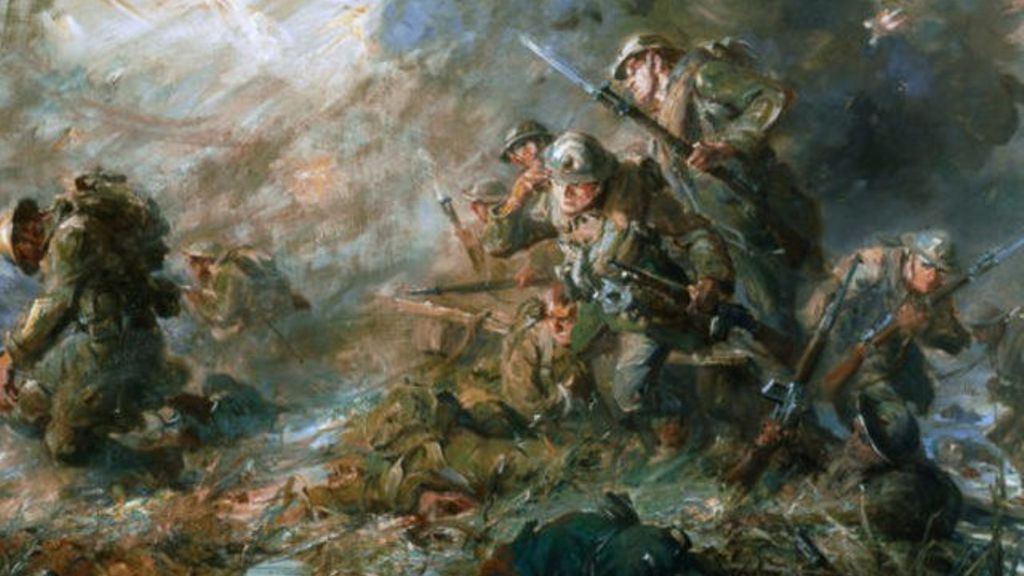
Many Americans have no idea why we celebrate Veterans Day on November 11. Those who know that the holiday began as Armistice Day typically think of it as a day of victory and peace.
However, for those on the ground in Europe the last twenty-four hours before the cessation of hostilities on the eleventh hour of the eleventh day of the eleventh month in 1918, that day was nothing less than hell on earth.
One hundred and three years ago this week, Allied commanders ordered U.S. Marines and Army personnel to attempt a perilous night crossing of the Meuse River and assault the heavily defended German positions on the far side. Prescient, General Black Jack Pershing foresaw the possible rise of Germany and wanted to make it clear the Allies had won the war by seizing more German-controlled territory. Scores of men would die in an attack that ultimately proved a tragic loss of life.
I retell the story of that harrowing night in my bestselling book, The Unknowns: The Untold Story of America’s Unknown Soldier and WWI’s Most Decorated Heroes Who Brought Him Home. It follows eight American heroes who accomplished extraordinary feats in some of the war’s most important battles. As a result of their bravery, these eight men were selected to serve as Body Bearers at the ceremony where the Unknown Soldier was laid to rest at Arlington National Cemetery.
Several of those Body Bearers took part in that final barrage on the Meuse-Argonne Offensive. Body Bearer Corporal Thomas Saunders, a Native American from Wyoming who received the Distinguished Service Cross and other honors for his previous heroism at Jaulny, worked with the other members of the 2nd Engineers to construct the flimsy footbridges that would span the river. German artillery had destroyed all the permanent bridges in the area, so Saunders and his comrades designed some floating bridges that they hoped would last long enough to get their men across. To avoid enemy snipers, they prefabricated the bridges in sections—each roughly the width of a ladder and twelve feet long—well back from the front lines. Teams of mules then hauled the sections near the river.
The Americans knew the Germans had countless fortified machine-gun nests along the bank of the Meuse, as well as heavy artillery zeroed in on the likely crossing points. Stepping out onto the footbridges without cover fire would have meant immediate death.







